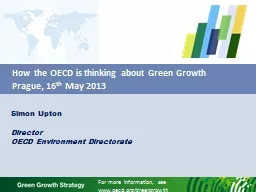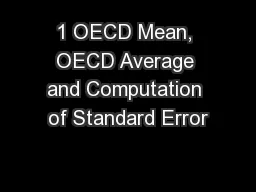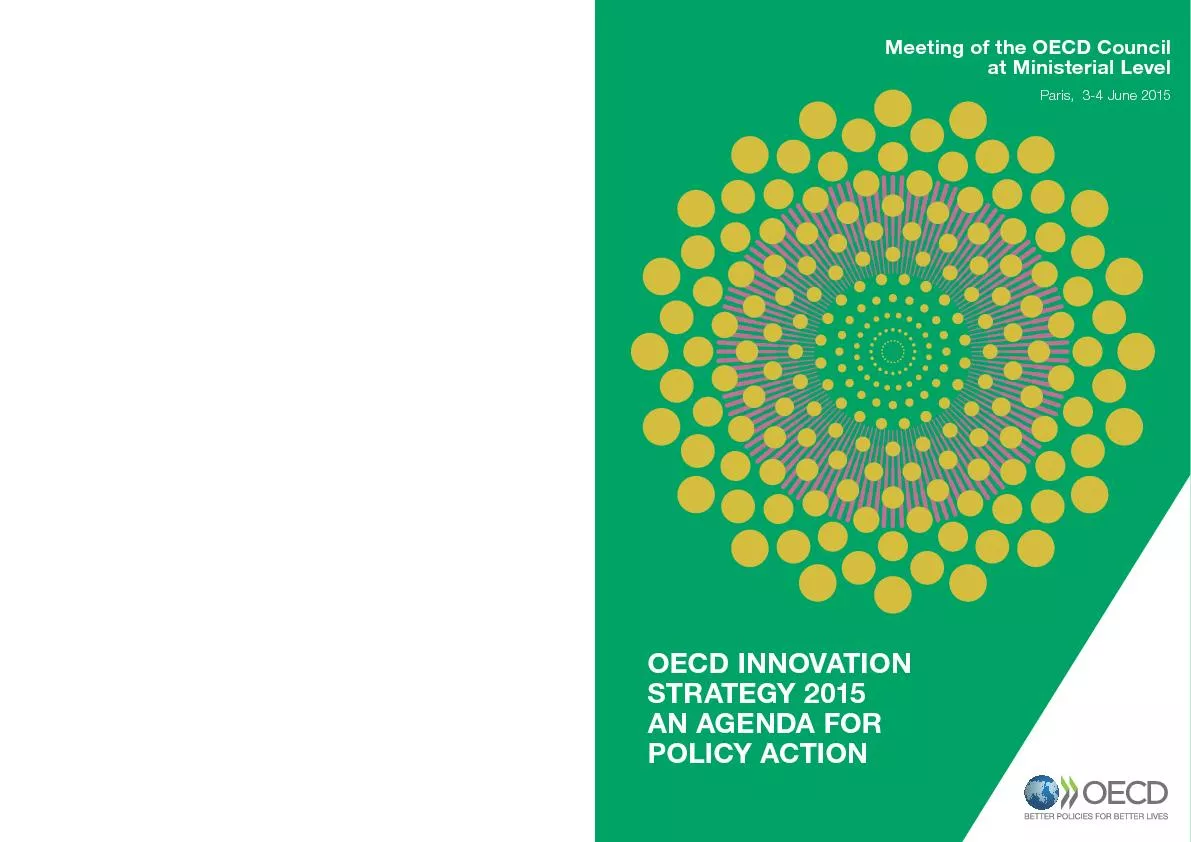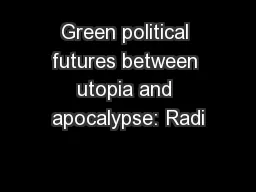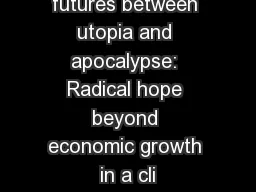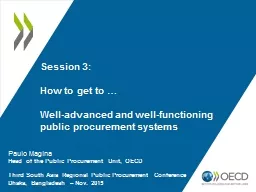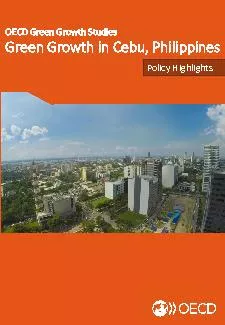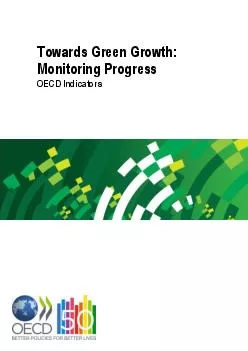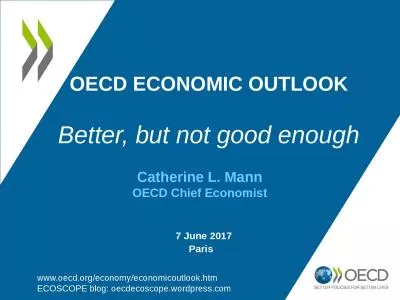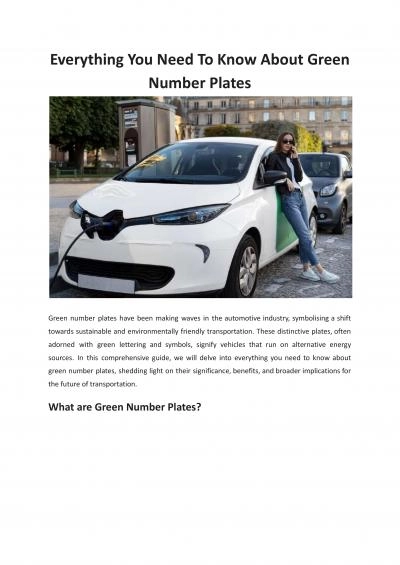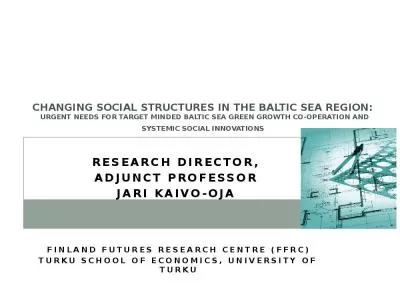PPT-How the OECD is thinking about Green Growth
Author : debby-jeon | Published Date : 2017-03-20
Prague 16 th May 2013 Simon Upton Director OECD Environment Directorate For more information see wwwoecdorggreengrowth Intensity of GHG emissions and GDP Why just
Presentation Embed Code
Download Presentation
Download Presentation The PPT/PDF document "How the OECD is thinking about Green Gro..." is the property of its rightful owner. Permission is granted to download and print the materials on this website for personal, non-commercial use only, and to display it on your personal computer provided you do not modify the materials and that you retain all copyright notices contained in the materials. By downloading content from our website, you accept the terms of this agreement.
How the OECD is thinking about Green Growth: Transcript
Download Rules Of Document
"How the OECD is thinking about Green Growth"The content belongs to its owner. You may download and print it for personal use, without modification, and keep all copyright notices. By downloading, you agree to these terms.
Related Documents

